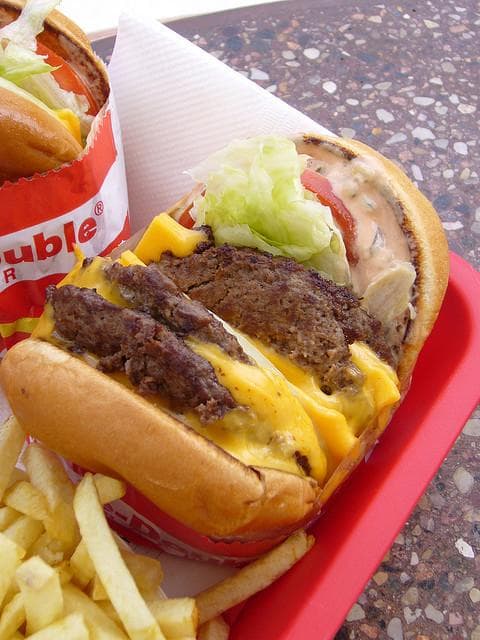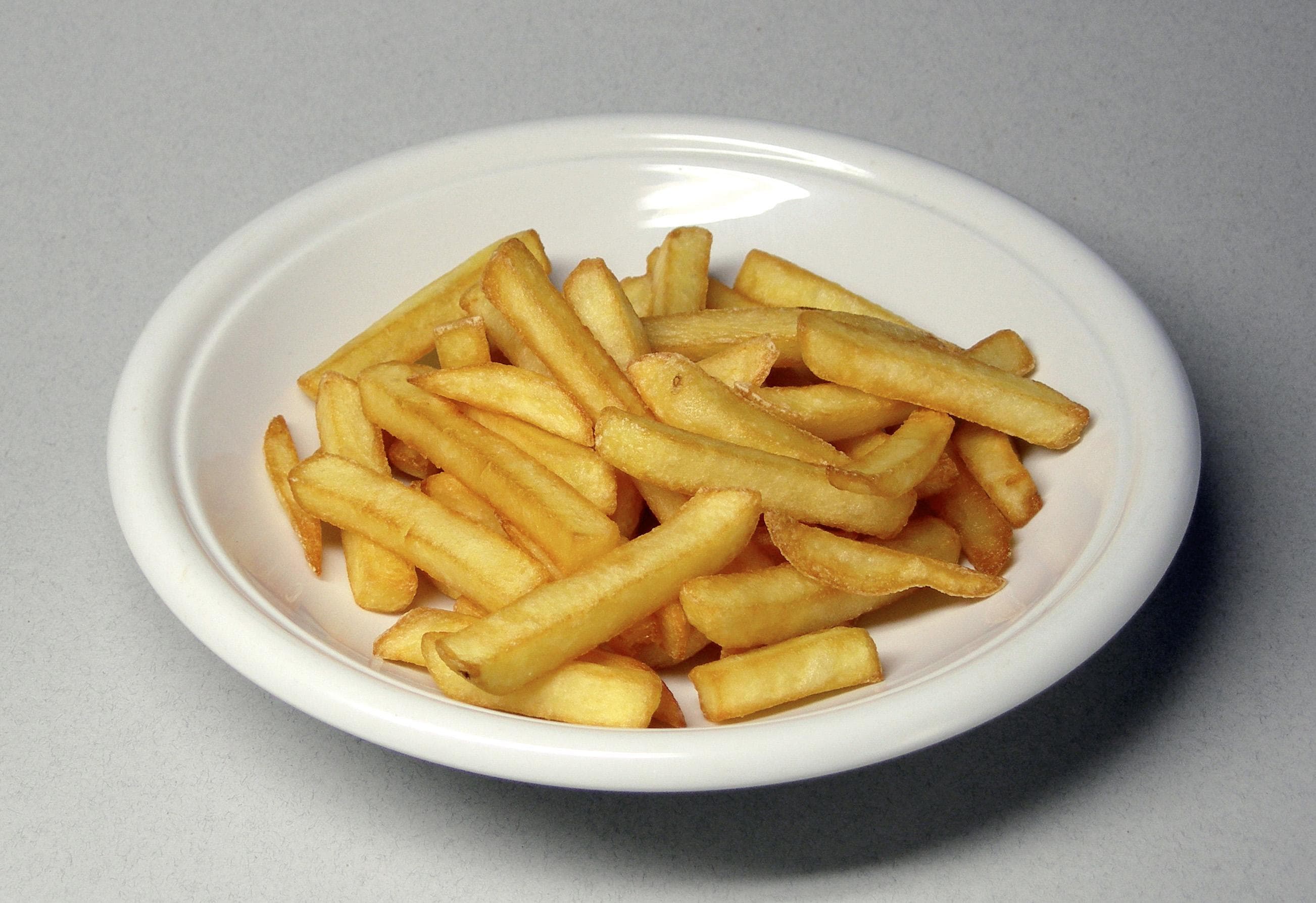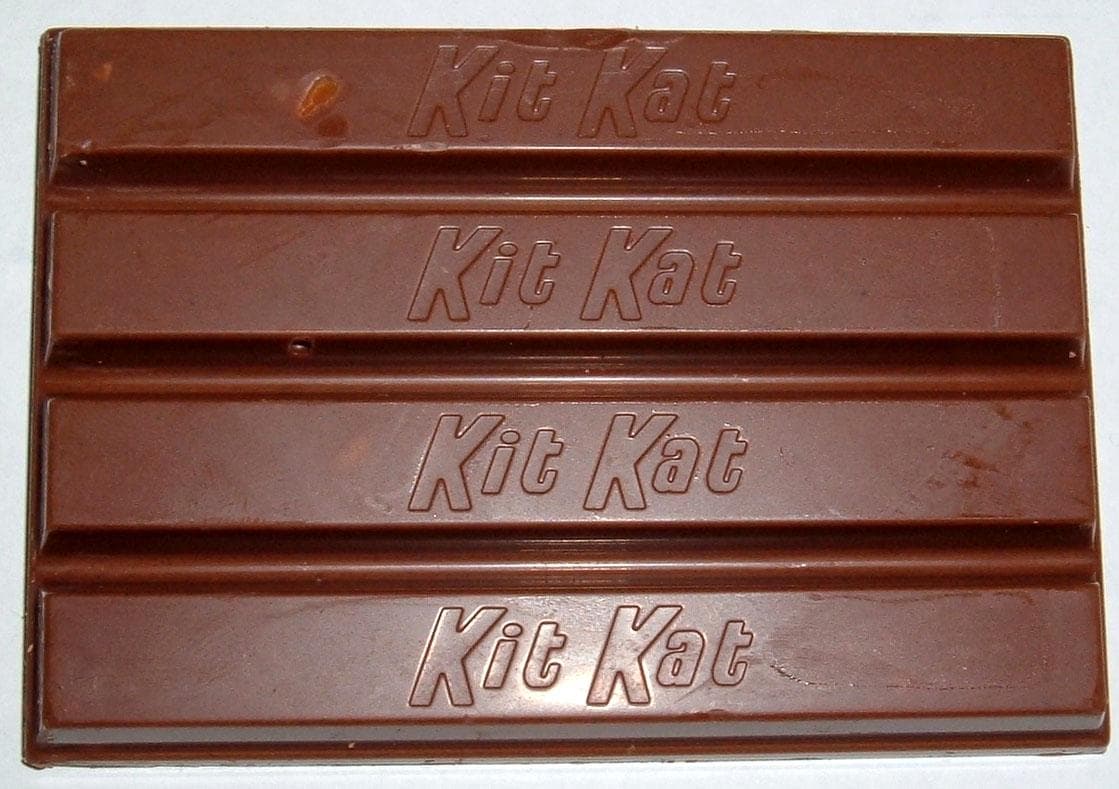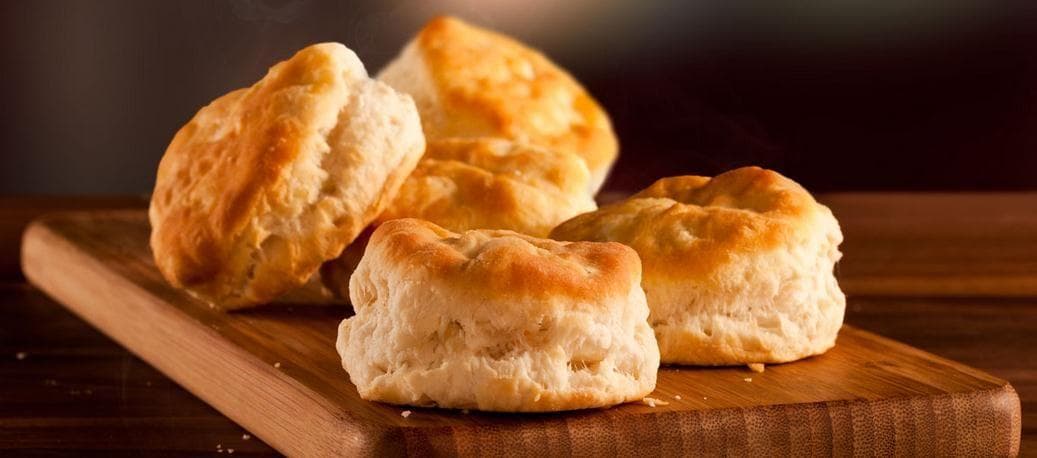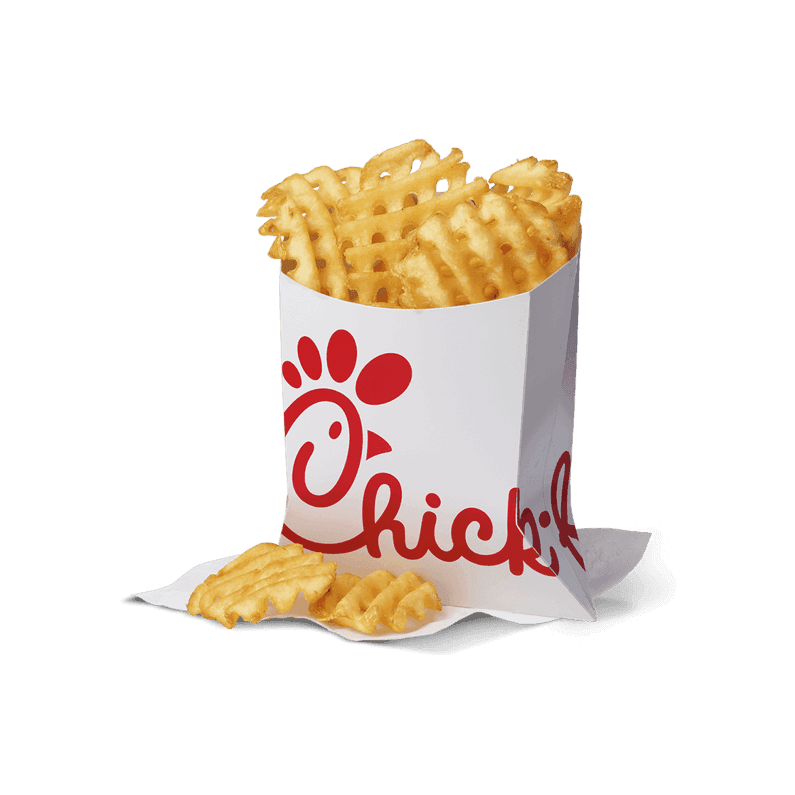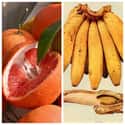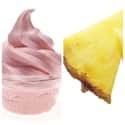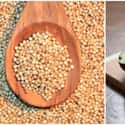-
(#1) 1900s: Tapeworms, Bile Beans, And Excessive Chewing
Though this diet trend began during the Victorian era, using tapeworms to stay trim was marketed en masse during the first decade of the 20th century. During the 1900s, it became popular to swallow tapeworm cysts or eggs in pill form to load up one's intestines with tapeworms that would then eat ingested food. The introduction of tapeworms also brought on vomiting and diarrhea which resulted in weight loss as well. Once a person lost the weight they wanted, the individual could take a pill to eliminate the parasite. It's unclear exactly what happened to the tapeworm once it was excreted, a process that could be physically damaging to the worm and host alike.
Tapeworms weren't the only anti-absorption method used during the 1900s; bile beans, first marketed as a laxative during the 1890s, were pills that contained a gelatinous substance to induce diarrhea. Supposedly invented by Australian chemist Charles Forde, bile beans included a mix of bile from roots and plants in concentrated form. In truth, bile beans were the creation of Charles E. Fulford, a Canadian businessman, who combined laxatives and flavors such as menthol and licorice into a coated pill. Marketed as a cure for "biliousness" and excess in all forms, the pills were later said to cure ailments like influenza and headaches. Bile beans remained popular through the 1930s and 1940s and only fell out of circulation in the 1980s when the "obsession with purgation and inner cleanliness" as a means to lose weight waned.
Among pills and laxaives, there were dietary methods. Fletcherism, named after creator Horace "the Great Masticator" Fletcher, suggested that one chew each bite of food at least 50 times - if not 100. The idea behind extreme mastication was that food in what was essentially liquid form would not be absorbed by the body and result in weight gain.
-
(#2) 1910s: Fruit, Vegetables, Milk, And Calorie Counts
With the discovery of vitamins in 1912, people began to look at food differently. As a result, fruits, vegetables, and milk - all rich in vitamins - were favored over other foods that were not considered as full of nutrients. As researchers such as Casimir Funk and Frederick Hopkins put forward ideas about the best foods for health and flourishing, people responded by adopting more vitamin-rich foods into their diets. The identification of vitamins B1, B2, C, and D and their connections to disease prevention and cures were combined with necessary food rationing during WWI, making "nutrition...a political issue" as well.
The increased understanding of how food contributed to the human body also led to the idea of the calorie. Scientific understanding of calories began during the early to mid-19th century, but when Lulu Hunt Peters published Diet and Health With Key to the Calories in 1918, it was full of guidelines about how many calories to eat in a day. The best seller explained which foods to eat with details on how much fat, protein, carbohydrates, and minerals went into daily meals. The book promised that people could eat what they liked "and grow thin" with persistence, effort, and most importantly, the knowledge of what was making them gain weight to begin with.
-
(#3) 1920s: Canned Tuna, Grape Nuts, And Cream Of Wheat
Non-food items like cigarettes were used as appetite suppressants on a large scale during the 1920s; they were even advertised as such by Lucky Strike in 1925. In terms of food, the increased emphasis on food processing and "progress" led to manufactured items like white bread and canned fish becoming the norm. Sliced bread, which was supposedly invented in 1928, was both food and art and provided a convenient option for meals. There was still a strong contingent of consumers and clinicians who advocated for the health benefits of brown bread, however, claiming that over-processed white bread was devoid of nutrients and fiber content.
Canned tuna became the most popular fish in the United States, perhaps tangentially linked to the so-called Inuit Diet. The Inuit Diet, in many ways similar to the ketogenic diet, included low-carbohydrate foods like whale blubber and raw fish.
Cereals like Grape Nuts purported to pick up where fruit, vegetables, and the like left off by providing individuals valuable "iron, calcium, phosphorus, and other mineral elements that are taken right up as vital food by the millions of cells in the body." During the late years of the decade, Cream of Wheat and Quaker Oats sold themselves as full of what was needed for energy to work and play. Cream of Wheat even offered instructional manuals and advertising campaigns for how to improve child behavior and nutrition to teachers and parents alike.
-
(#4) 1930s: Grapefruit, Bananas, And Seaweed
The grapefruit diet, a fad that has reappeared several times in history, was practiced as early as the 1930s. Also known as the Hollywood diet, the eating plan was thought up by William H. Hay who believed grapefruit contained fat-burning enzymes. Hay's diet called for proteins, fats, and starches to be eaten separately but also limited the types of foods people could eat. As a low-calorie food, grapefruit was also high in vitamin C and fiber, making it an ideal staple food for losing weight.
During the 1930s, bananas took the United States by storm. Companies like the United Fruit Company (better known as Chiquita) sold their fruit as a nutritious and delicious food that was good for people of all ages, later going so far as to instruct people how to store and eat them. In 1934, bananas were combined with milk for a doctor-approved anti-diabetes diet, one that was low in calories but failed to give people enough nutrients to survive.
Other low-calorie diets featured seaweed and a drink mix that combined powdered protein with chocolate, starch, wheat, and bran. Called Dr. Stoll's Diet Aid, the product was one of the first diet drinks to enter the market.
-
(#5) 1940s: Rationing, Lemon Juice, And Cayenne Pepper
Rationing played a heavy role in the foods people around the world ate during the 1940s. Limited by what was grown in one's garden, meals were made without meat, sugar, eggs, and other resources once eaten in abundance. A more plant-based diet lined up with the discovery of the Mediterranean diet during the 1950s, an eating plan that embraced lower fat content combined with less meat and dairy and more grains, fruits, and vegetables in the interest of reducing heart disease.
There were food trends that claimed to detoxify the body, most notably the lemon and cayenne pepper cleanse introduced by Stanley Burroughs in 1941. The master cleanse, as it was known, included "the juice of one-half lemon or whole small lime... and two tablespoons of sweetening to an eight-ounce glass of medium hot water." Molasses was primarily used as a sweetener because of its laxative effect, but maple syrup and sorghum were also options. The next step involved adding cayenne pepper to give it "an additional lift and... break up mucous and stimulate increased elimination of the toxins."
Burroughs touted the mixture as a cure for illness, something that could give the digestive system a rest, and a means to weight loss. Burroughs advocated trying the diet a few times a year, with periods of use up to 40 days as needed.
-
(#6) 1950s: Cabbage Soup And Apple Cider Vinegar
The cabbage soup diet may have appeared before the 1950s, but after that decade, it continued to enter the fad food landscape every few years. Called many things, including the Dolly Parton Diet and the Fat Burning Diet, the cabbage soup diet was intended for short-term weight loss. Individuals ate as much cabbage soup as they wanted alongside limited amounts of fruit, vegetables, meats, and grains. The diet lasts one week and is meant to limit calories for a 10- to 17-pound weight loss.
Another healthy food that claimed to cleanse the body and cure ailments was apple cider vinegar. Again, not an original concept - Lord Byron touted apple cider vinegar as a weight loss tool during the early 1800s - apple cider vinegar found new life in D.C. Jarvis's book Folk Medicine, which was published in 1958.
-
(#7) 1960s: Weight Watchers And The Drinking Man's Diet
Founded during the early 1960s by Jean Nidetch, Weight Watchers began with a group of women discussing weight loss. Since its earliest days, Weight Watchers has changed the way people think about food, eat, and make healthy dietary choices. Weight Watchers helped introduce prepackaged food, giving dieters accountability and support along the way.
The first Weight Watchers cookbook was published in 1966 and included a diet plan developed along the lines of the plan Nidetch herself used. The cookbook, which also took guidelines from the New York City Department of Health's Bureau of Nutrition into consideration, advocated for taking it one day at a time, called for no excuses, and asserted that sticking to the plan was the key to success.
Other food and eating trends during the 1960s went in another direction, incorporating alcohol into most meals. The Drinking Man's Diet, as it was called, did include a lot of meat and was generally low in carbohydrates. Published in 1962 by Robert Cameron, the Drinking Man's Diet "let you have two martinis before lunch, and a thick steak generously spread with Sauce Bearnaise, so that you could make your sale in a relaxed atmosphere and go back to the office without worrying about having gained so much as an ounce?" From Cameron's perspective, deprivation was not the answer; he advocated for indulgence instead.
The 1960s also saw the development of the Atkins Diet, a low-carbohydrate diet that's high in fat and protein named for designer cardiologist Robert C. Atkins, which gained popularity during the coming decades. There was also a push to avoid foods that contain synthetic chemicals and to avoid foods high in cholesterol.
-
(#8) 1970s: Red Meat, Granola, And Amino Acids
The Atkins Diet, developed during the 1960s by cardiologist Robert C. Atkins, grew in popularity during the 1970s. In general, red meats were more popular during the 1970s, something that only declined once more scientific data linked red meat to cardiovascular disease and cancer.
Another healthy food trend involved the idea of "natural" eating. Items associated with organic food and the West Coast led to foods like granola becoming incredibly popular. Sweetened with honey and full of nuts, seeds, and other natural ingredients, granola offered a seemingly healthy alternative to processed snacks, cereals, and the like. The desire to eat more healthy led to the rise of salad bars and an ever-growing diet soft drink market.
One more diet that emerged during the 1970s emphasized the importance of amino acids - only they were contained in Dr. Siegal's Cookies. Dr. Sanford Siegal developed a restricted calorie diet made up of special cookies that contain a blend of amino acids that allegedly reduce food cravings. His hunger-control cookies are still for sale.
It was said Elvis Presley was a fan of Sedation dieting, or the Sleeping Beauty Diet, in which a person is put into an unconscious state for periods of time to avoid eating. Along with fad diets was the rise of diet pills. Pills like Dexatrim, developed in 1976, included ingredients such as ephedra and other stimulants to suppress the appetite and boost energy.
-
(#9) 1980s: Pineapple, Lean Cuisine, And Frozen Yogurt
The 1980s was the decade of low-fat food. Frozen yogurt, Lean Cuisine meals, and artificial sweeteners became more and more prevalent in the marketplace and in kitchens as people looked to lose weight. Considered healthy, low-fat items were thought to reduce heart disease and lead to thinner bodies, often supplementing fat with carbohydrates and synthetic substances. To make fat-free foods taste better, sugar and salt were added in abundance. Though in retrospect these fat substitutes were still unhealthy, it wasn't known nor apparent until decades after.
During the 1980s, there was a proliferation of healthy frozen meals, everything from Lean Cuisine to Healthy Choice. Snack foods like rice cakes increased in popularity, and frozen yogurt brands such as TCBY emerged to meet the needs of healthy food fans everywhere.
There were also fad diets, including the pineapple diet, a detox eating plan where individual eat mass amounts of pineapple for three days. Advocates of the pineapple diet claimed it was sexy; in a book written in 1970 by Danish psychologist Sten Hegeler, aptly called The Sexy Pineapple Diet, he insisted that eating nothing but fresh pineapple two days a week led to weight gain and a stronger "sexual capacity." There were, however, not so sexy alternatives to the diet, like the pineapple and tuna diet.
In 1981, Judy Mazel claimed that eating pineapple dissolved fat. As part of her Beverly Hills Diet, Manzel also called for eating only fruits, even if it meant eating five pounds of grapes in one day.
-
(#10) 1990: Blueberries, Slimfast, And Snackwells
The fat-free craze extended into the 1990s, perhaps eclipsing the 1980s with widespread production of low-fat products like Slimfast and Snackwells. Introduced in 1977, Slimfast was part of a meal plan that called for a shake for breakfast, one for lunch, and then a sensible dinner. Slimfast is still available and people continue to follow the plan, but it reached the height of its success in the 1990s. You can also still find Snackwells on the grocery store shelf but in far fewer numbers. In the early 1990s, Nabisco introduced the Snackwells line of fat-free cookies and crackers. Touted to be guilt-free as well, Snackwells met the needs of consumers averse to fat.
Even McDonalds got in on the low-fat bandwagon, adding the McLean Deluxe to its menu. The McLean Deluxe was a lighter burger with seaweed extract mixed in to keep the leaner meat moist.
According to the former editor of Appetite magazine and professor of psychology at the University of Pennsylvania, Paul Oozin, "fat was oversold as public enemy number one." Michael Pollan, food author and expert, agreed, stating that the "low-fat campaign had oversimplified science." Even the food pyramid released in 1992 indicated fats were to be avoided.
While the gift of hindsight allows for such assessments, food trends during the 1990s didn't only involve low-fat options. During the last decade of the 20th century, the Atkins Diet experienced a resurgence and became immensely popular with the release of an updated Dr. Atkins' Easy New Diet Revolution in 1997.
An additional food trend included the discovery and endorsement of antioxidant foods, namely blueberries. During the 1990s, blueberries were found to be one of the top foods to contain antioxidants, and they also featured numerous vitamins and minerals.
-
(#11) 2000s: Kale, Smoothies, And Lean Meats
Cleanses and low-carb diets continued to be popular after the turn of the century. Fatty foods, like bacon and butter, found a place in the Atkins, South Beach, and other similar eating plans. Much like the Atkins Diet, the South Beach Diet emphasized fewer carbohydrates but differentiated between good and bad carbs and fats. Developed by Arthur Agatston in 2003, the South Beach Diet also encouraged (and still encourages) the inclusion of fruits, vegetables, and grains in the plan. Fatty meats like bacon and some fats like butter were limited, and lean meats were preferred.
During the early 2000s, there was an increased concern with trans fats, which were often used to "extend the shelf life of most processed foods."
Liquid diets and smoothies began to combine many of the commonly perceived healthy foods, such as frozen yogurt and vegetables, by whipping together a drinkable concoction of nutrition and convenience. People added protein powders, supplements, and numerous other enhancements to smoothies to increase their nutritional value. The master cleanse - a mix of lemon juice, molasses, and cayenne pepper - found new life when Beyonce Knowles used it to lose 20 pounds in 2006 for her role in Dream Girls.
The idea of superfoods facilitated the growth of kale. The dark, leafy green was used everywhere, including salads, crackers, casseroles, and even added to smoothies. Though it was not at all a new product, kale had a surge in popularity and went from a basic garnish to the ideal vegetable due to its high nutrient content and purported health benefits.
-
(#12) 2010s: Gluten-Free Everything, Quinoa, Paleo, And Avocado
Within the 2010s, food trends increasingly geared towards what is left out of food rather than what is in it. Gluten-free diets emphasize having foods that don't have gluten, a protein found in grains like wheat, rye, and barley. Gluten can be particularly problematic for individuals suffering from celiac disease and wheat allergies, but many people believe it has connections to other ailments, such as depression and obesity. There's little scientific evidence to support the latter claims or that a gluten-free diet promotes weight loss, but the research community is still investigating and discovering more about this protein.
The gluten-free trend has pushed consumers and healthy eaters to different foodstuffs, most notably quinoa. The grain originating in Peru, Bolivia, and other parts of South America has been eaten for centuries but only relatively recently became popular in North America. Quinoa is high in fiber and protein and considered an incredibly versatile superfood.
There have also been diets that advocate avoiding carbs and grains altogether. The paleo diet, another low-carb eating plan, is based on what people are thought to have eaten 2.5 million to 10,000 years ago during the Paleolithic era. Also called the Caveman Diet, it is largely composed of nuts, seeds, fruits, vegetables, and lean meats; the diet leaves out processed foods, dairy, and other products that came about from the cultivation that began during the Neolithic period.
Avocados have also seen a surge of newfound popularity, as avocados are full of healthy fats. When it comes to consumers and healthy eaters, even those who don't eat like ancient humans, avocados provide a low-sugar, nutrient-rich option that adds creaminess to smoothies, makes for a good snack, and can be used in a variety of dishes.
New Random Displays Display All By Ranking
About This Tool
As we all know, nuts are healthy food. But many people still think that nuts are high in calories and fat. In fact, most of the fat contained in nuts is unsaturated fatty acids, which are good for the heart and are not easy to gain weight. Among the many snacks, nuts have always been one of the healthy snacks recommended by nutritionists. Nuts are generally divided into two categories, seed nuts, and tree nuts.
Nuts are the essence of plants, with comprehensive and rich nutrition. More and more healthy nuts are popular all over the world. There are random 12 healthy nuts in every decade since the turn of the 20th century.
Our data comes from Ranker, If you want to participate in the ranking of items displayed on this page, please click here.



